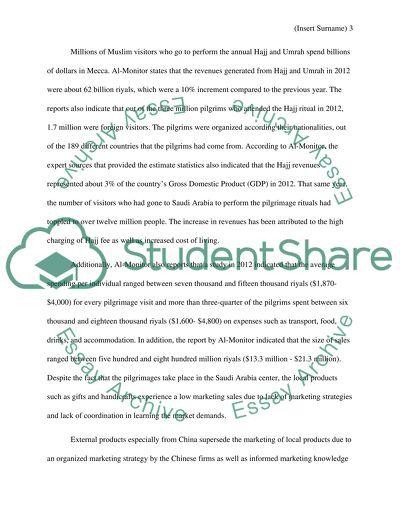Cite this document
(“Second most income for saudi arabia Essay Example | Topics and Well Written Essays - 1750 words”, n.d.)
Retrieved from https://studentshare.org/english/1653453-second-most-income-for-saudi-arabia
Retrieved from https://studentshare.org/english/1653453-second-most-income-for-saudi-arabia
(Second Most Income for Saudi Arabia Essay Example | Topics and Well Written Essays - 1750 Words)
https://studentshare.org/english/1653453-second-most-income-for-saudi-arabia.
https://studentshare.org/english/1653453-second-most-income-for-saudi-arabia.
“Second Most Income for Saudi Arabia Essay Example | Topics and Well Written Essays - 1750 Words”, n.d. https://studentshare.org/english/1653453-second-most-income-for-saudi-arabia.


